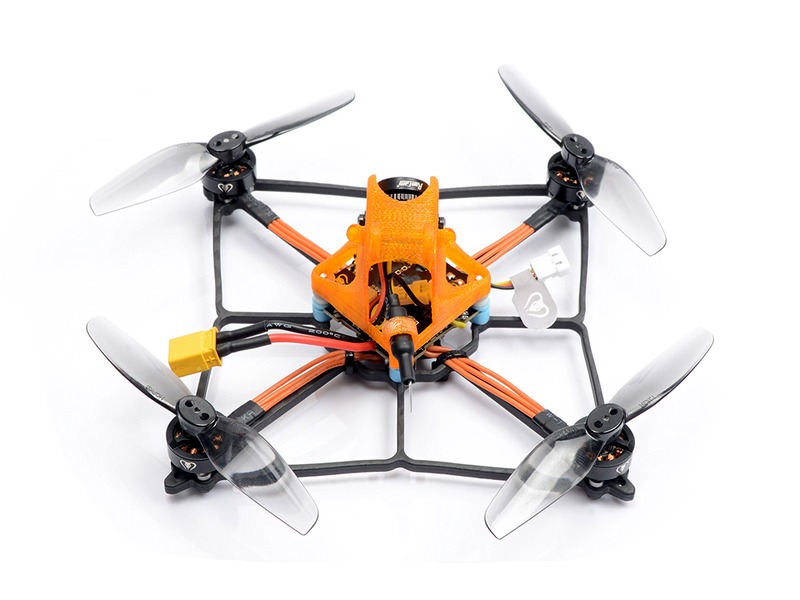Do drones need fuel?

Yes, drones do need fuel in order to operate. The type of fuel used depends on the type of drone, as some drones use electric motors while others use combustion engines. Electric drones are powered by batteries, which need to be recharged periodically. Combustion engine drones use gasoline, diesel, or kerosene to power their engines.
Electric drones are becoming increasingly popular due to their low cost and ease of use. They are powered by rechargeable lithium-ion batteries, which are relatively inexpensive and easy to find. The batteries are usually good for around 20 minutes of flight time, depending on the size and weight of the drone. The batteries need to be recharged after each flight, and this can be done with a standard wall outlet or with a special charging station.
Combustion engine drones are more powerful than electric drones, and they are typically used for more demanding tasks such as aerial photography or surveying. They use gasoline, diesel, or kerosene to power their engines, and they need to be refueled after each flight. The fuel tanks are usually located in the body of the drone, and they can be filled up at any gas station or other fuel source.
In addition to fuel, drones also need other components to operate properly. These include propellers, motors, and a control system. Propellers provide the thrust needed to lift the drone off the ground and keep it in the air. Motors provide the power needed to move the drone in different directions. The control system is responsible for controlling the drone’s movements and keeping it on track.
Overall, drones need fuel in order to operate. Electric drones are powered by rechargeable batteries, while combustion engine drones use gasoline, diesel, or kerosene. In addition to fuel, drones also need other components such as propellers, motors, and a control system. Without these components, drones would not be able to fly.
Comments / Question
1. Fuel provides a reliable and consistent source of power for drones, making them suitable for long-term and extended flight times.
2. Fuel-powered drones can reach higher speeds than electric drones, making them ideal for applications that require a fast response.
3. Fuel-powered drones are also more powerful and can carry heavier payloads than electric drones.
Disadvantages:
1. Fuel-powered drones are more expensive to purchase and maintain than electric drones.
2. Fuel-powered drones are louder and more polluting than electric drones, making them less suitable for use in urban areas.
3. Fuel-powered drones are not as energy efficient as electric drones, meaning they require more frequent refueling.
1. Properly storing and handling fuel: Make sure you store fuel in a cool, dry place away from open flames or sparks. When handling fuel, wear protective gear such as gloves and goggles.
2. Using the correct fuel: Different drones require different types of fuel, so make sure you use the correct fuel for your drone.
3. Monitoring fuel levels: Make sure you monitor your fuel levels and top off your tank before flying.
4. Avoiding overfilling: Overfilling your tank can cause fuel to leak and create dangerous fire hazards.
5. Avoiding spills: Spilled fuel can be flammable and dangerous, so make sure you take extra care to avoid spills.

